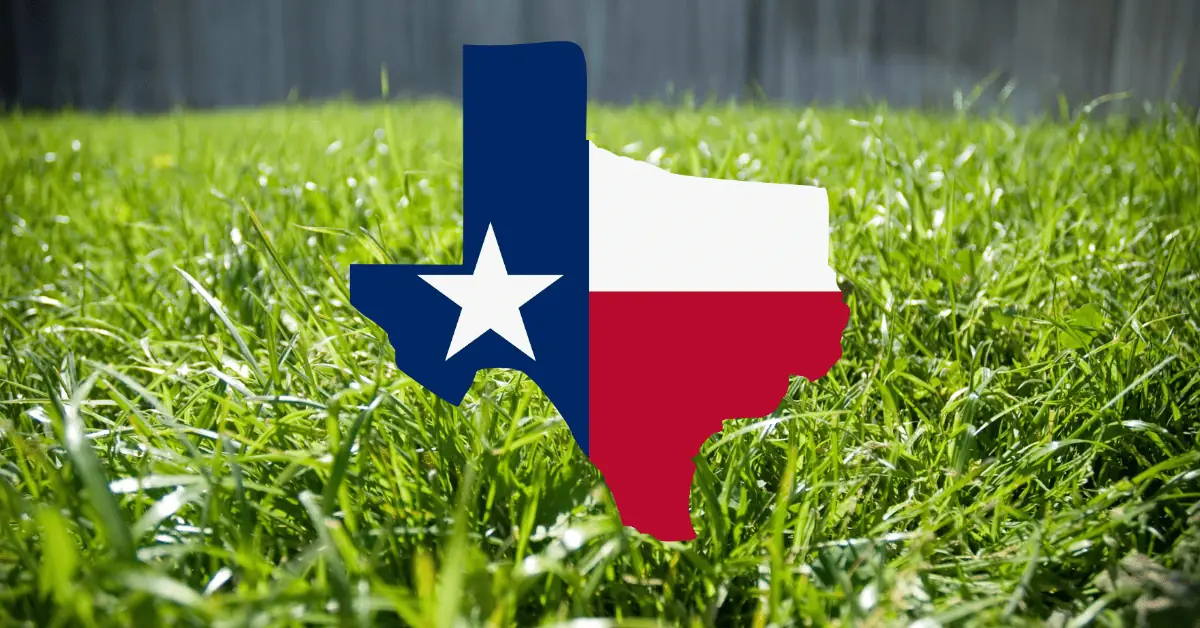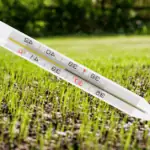The best way to connect with greenery and wildlife without going too far from your house is by stepping outside to appreciate your home’s front and backyard. Making your yard as cozy as possible will take effort and skill. However, the good news is that you can maintain your lawn’s health and color all year long with simple and inexpensive procedures.
Knowing the perfect time to plant grass seed in Virginia might be challenging because of the state’s diverse terrain and temperature. However, with the appropriate information and planning, you can guarantee that your grass seed will flourish and expand into a thick, healthy lawn.
In this post, you will learn about the best time to sow grass seed in Virginia and how to plant and care for your new lawn.
Best Time to Plant Grass Seed in Virginia
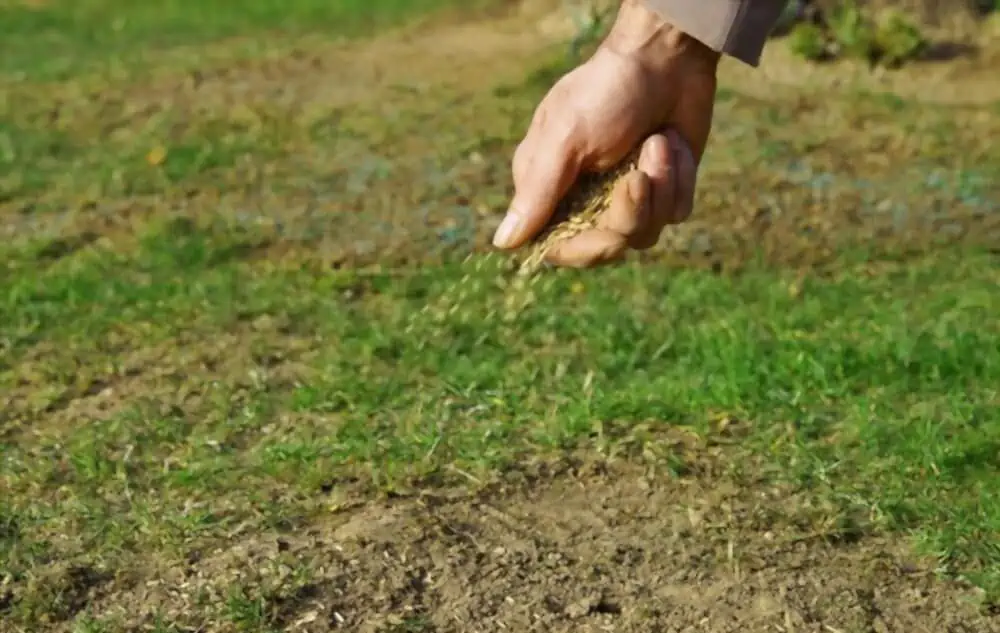
Planting Season in the Fall
For Virginia grass seeds, September is the best time to plant them. Since most of the state’s lawns are cool-season grass, they thrive best when the weather is cold.
As summer gives way to autumn, the chilly air and moderate soil temperature encourage the growth and development of sturdy root systems in grass seeds. Because they have already attained growth by spring, they can withstand the bitter cold of winter and the scorching heat of summer.
Spring Planting
Planting grass in Springtime is not the best time in Virginia because there won’t be enough time for your turf to develop a deep root system before summer. It’s also possible that the grass won’t withstand the summer’s heat.
In addition, because weeds and crabgrass start to grow while your sod grows, you risk your lawn becoming a competitor. Also, these pesticides harm healthy seeds and using items to stop their growth interferes with your turf’s germination. So that’s a new challenge for spring planting.
Plant in September or October
In Virginia, the first week of September through October is the ideal period to sow grass seed. When the rain begins to fall, the ground warms up, which makes it the most suitable time of the autumn season. This season encourages fast development and proper germination.
Implement Dormant Seeding in February
Dormant Seeding would be an option if you missed the chance to plant grass seeds in the Fall. It is a planting method in which you plant your seeds when the climate prevents germination.
Virginia’s soil and air temperatures must first reach a desirable level before grass may begin to grow there. When the soil is below 40°F, the temperature is below freezing, which occurs from November through February, and seeds cannot sprout.
It is the best time for Dormant seed. However, the optimum time to plant grass in Virginia is February because when it’s spring, sprouting will occur quickly. Using this method, you may start your seeds earlier while stopping weeds from sprouting. Additionally, before the summer heat arrives, your grass will have a lot of opportunities to establish itself.
Best type of grass for Virginia
Most of the grasses grown in Virginia are cool-season varieties such as Kentucky bluegrass, rough bluegrass, ryegrass, fine fescue, and turf-type fescue; however, zoysia grass is also grown in the southern region of the state. Warm-season zoysia grass goes dormant and turns brown in the winter.
1. Bermuda grass
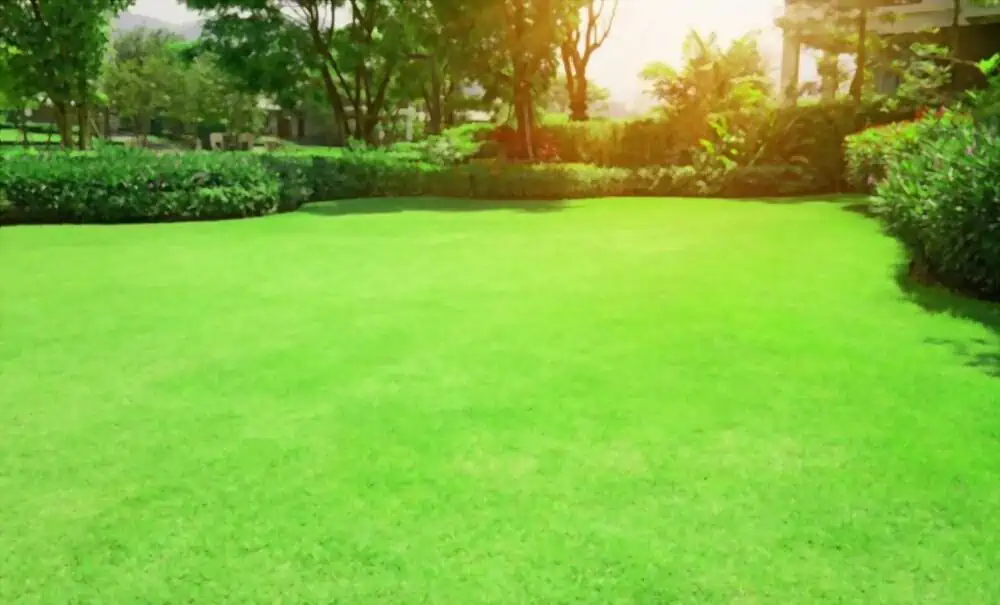
Most temperate and tropical parts of the world use Bermuda grass as their main turfgrass. Both the southern Piedmont and Tidewater regions utilize it.
Bermuda grass is required for a high-profile project where quick germination and excellent turf performance are needed in warm climes.
2. Tall Fescue
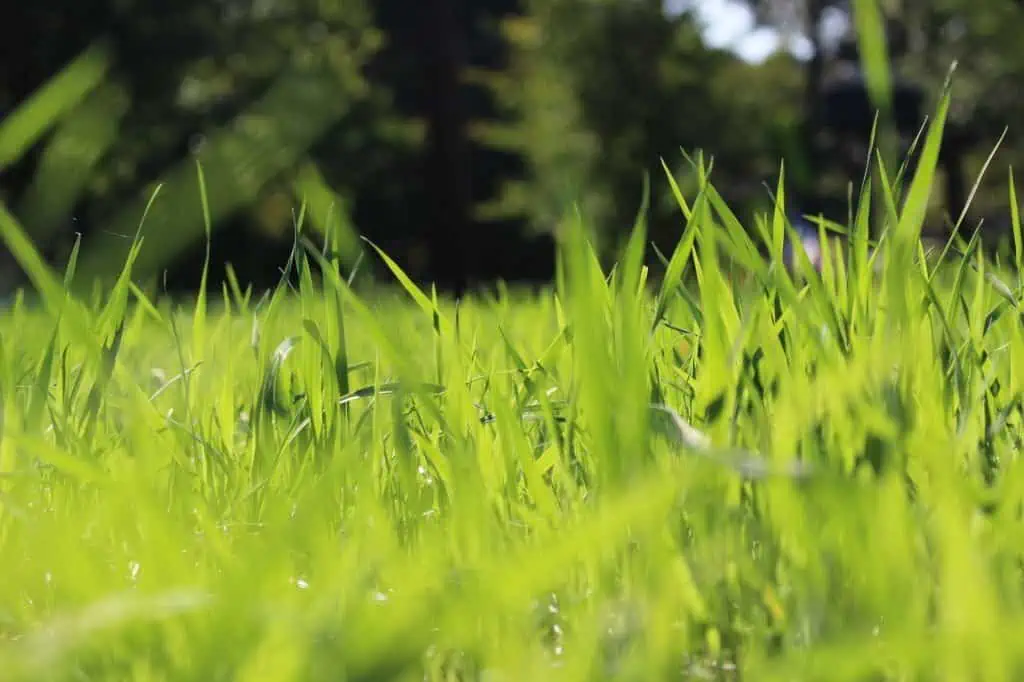
Tall fescue is a resilient and long-lasting plant that makes good turf for backyard lawns, grounds, parks, playgrounds, and sports fields. The grass is mostly used in minimal upkeep settings like utility areas, highway medians, airports, and fairgrounds.
Compared to the coarse-textured, light-green cultivars like “Kentucky 31” and “Alta,” many new and improved types have finer textures, higher tiller densities, and a deeper green hue.
Many believe tall fescue cannot coexist alongside finer-textured Kentucky bluegrass, perennial ryegrass, and fine fescues. Because it tends to create coarse-textured clumps in an otherwise homogeneous stand, tall fescue may be unwelcome in a mixed with turf grass species with fine textures.
3. Centipede Grass
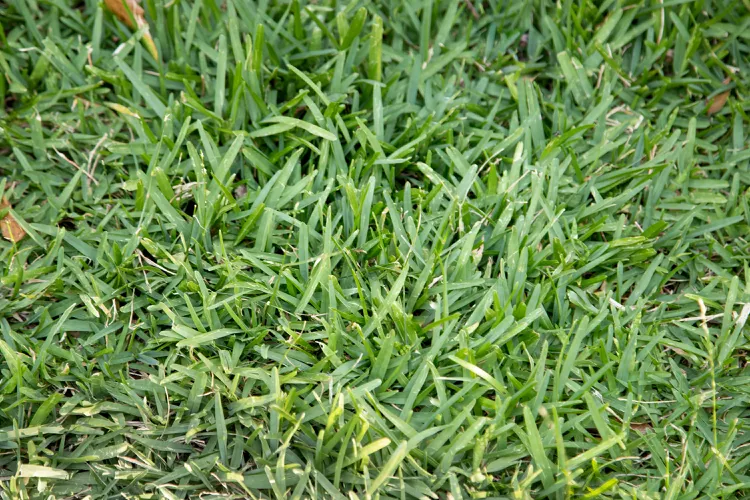
The best seed type for your land in Virginia’s Tidewater region is the centipedegrass. It’s a warm-season grass with little pest issues and a beautiful yellow-green color.
Also, it exhibits quite a robust shade tolerance and the capacity to thrive in acidic soil. Centipede grass grows slowly, just like zoysia grass does.
4. Perennial Ryegrass
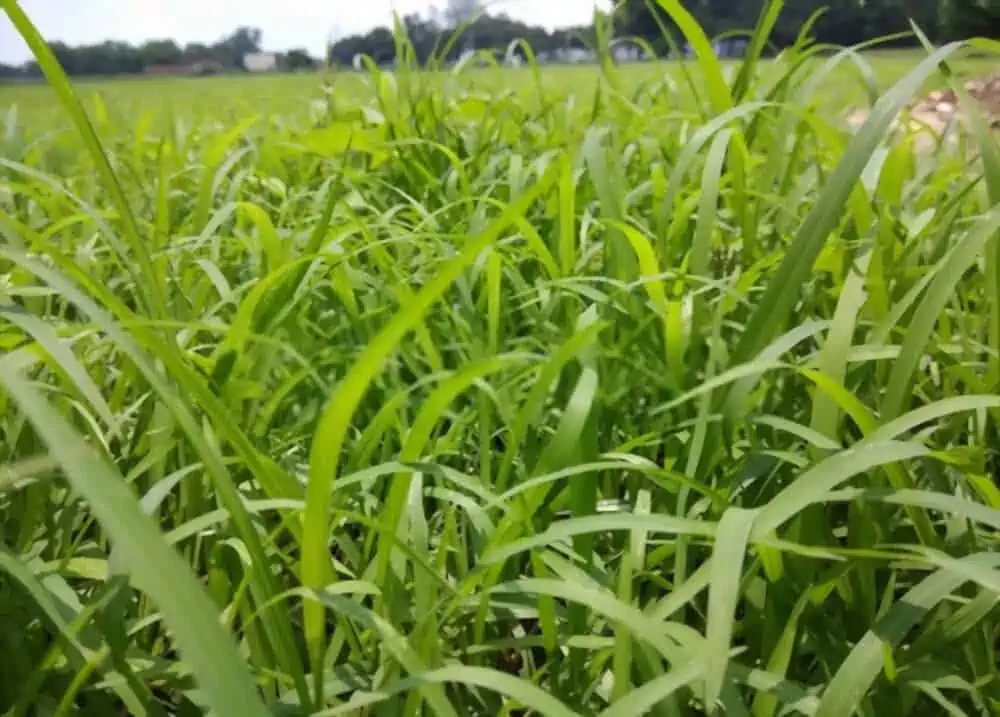
Ryegrass is a perennial turf grass with a fine to medium texture utilized on lawns, golf courses, parks, and sports fields. This species does not develop rhizomes or stolons. Instead, it exhibits a bunch-type growth behavior.
Further, it doesn’t have the same capacity for healing as Kentucky bluegrass. Perennial ryegrass germinates and grows swiftly (5 to 7 days). It is heavily utilized for overseeding thin or damaged turf and is very competitive with other turfgrasses.
Perennial ryegrass is typically not utilized in mixtures with other turfgrasses in levels greater than 20% due to its aggressive nature. It is used alone or mixed with fine fescues and Kentucky bluegrass.
Perennial ryegrass can withstand heat and abrasion and tolerate little shade and drought but not that much. This species can also endure cold temperatures. However, they are often vulnerable to ice damage. The optimum soils for perennial ryegrass are well-drained from moderate to high fertility.
Tips for seeding your Virginia lawn

Temperature and Climate
The temperature and climate in Virginia are one of the most crucial aspects to consider when deciding when to plant grass seed. There are hot summers and mild winters in Virginia’s humid subtropical climate. Rainfall in the state varies depending on the region.
In Virginia, late spring or early summer are often the best times to plant grass seeds because of the mild temperatures and moist soil.
This enables the seed to sprout and grow roots before the arrival of the hot summer heat. However, it’s crucial to remember that for grass seeds to sprout successfully, the soil temperature should be between 50 and 55 degrees Fahrenheit.
Additionally, it’s crucial to avoid sowing grass seed when there is a protracted drought or a lot of rain because these situations might make it difficult for the seed to germinate and grow roots. It is better to wait until the soil has dried up after severe rain before planting.
Prepare The Soil
The state of the soil should also be considered when deciding when to plant grass seed in Virginia. Also, the soil must be well-prepared and well-drained if you want grass seeds to germinate and set root.
Firstly, you should clear the area of any debris, rocks, or weeds before preparing the soil to level it. Then get rid of any high or low areas using a garden rake. The soil should then aerate using a tiller or garden fork; this will help to improve drainage and make it easier for the seed to establish roots.
To help increase the soil structure and fertility after preparation of the soil is prepared, you should add a layer of compost or other organic matter. To provide the grass seed the nutrition it needs to flourish, you should add fertilizer to the soil.
Planting and Maintenance
You can start planting once you’ve established the ideal time to sow grass seed in Virginia. To start, use a broadcast spreader to distribute the seeds over the prepared soil.
To ensure that the seed is in contact with the soil, you should work it into the soil with a rake. Additionally, you must maintain moisture in the seed until it germinates, which can take 7 to 14 days.
If you want to maintain moist soil after the seed has sprouted, you should keep watering the area to keep the soil moist. To maintain a uniform grass height and to promote growth, you should mow frequently. Also, to keep weeds from sprouting up in the region, you should use a weed preventer.
Final Words
When choosing the best time to sow grass seed in Virginia, it’s crucial to consider the soil’s condition, climate, and weather. In Virginia, late spring or early summer are often the best times to plant grass seeds because of the mild temperatures and moist soil. Besides, you have to prepare the soil and choose the appropriate grass.
Now that you know the best time to plant grass seed in Virginia, you can start preparing to plant your grass seed. Follow the tips and times above to enjoy the best results possible.


